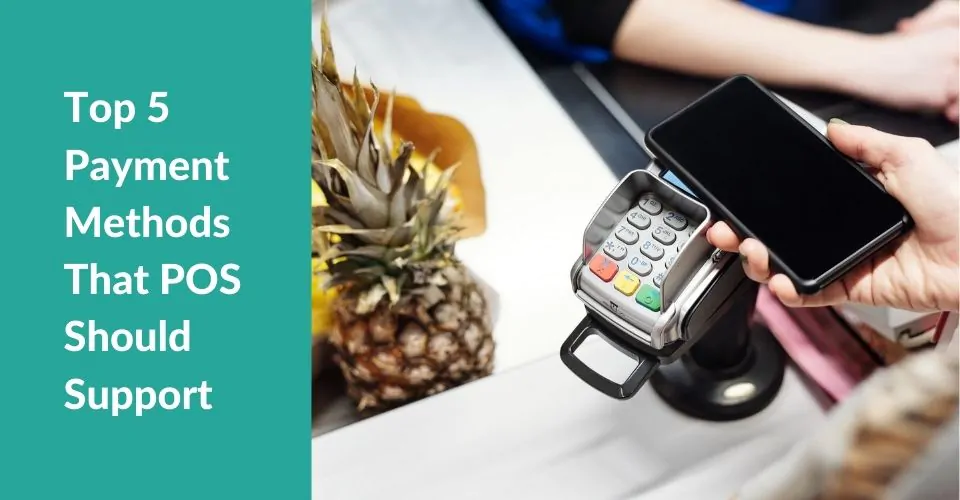If you’re looking to get started with ERP integration for your eCommerce business, then you’ve come to the right place. This blog post will guide you through all the basics of building an ERP integration and provide tips on the successful management of your setup along the way.
►►► See our products: Magento POS, BigCommerce POS, Shopify POS, Phần mềm CRM, Woocommerce POS, Restaurant POS, NetSuite POS, Thailand POS, South Africa POS and Commercetools POS
We’ll discuss key considerations when setting up and maintaining an effective system so that integrating into existing systems can be as streamlined as possible. Whether you want an end-to-end solution or are venturing into custom approaches, this post will help acquaint you with everything related to eCommerce ERP integrations.
Why is eCommerce ERP integration so vital?
Both immediate action and long-term planning are necessary for eCommerce and enterprise resource planning (ERP) integration to be successful. The information obtained from this connection may be used by your business to improve customer satisfaction, enhance sales processes, and find operational and financial efficiency.

Setting up an eCommerce ERP integration may offer your business valuable information into how to increase revenue and increase profit margins by making better choices regarding resource allocation. ERP and eCommerce integration may even be necessary for a company to survive.
Basics of building an eCommerce ERP integration
Make it simple for the appropriate individuals to access
In other words, set up each user’s credentials all at once. By doing this, you may avoid a situation where some persons on the list have the required credentials but others do not. Additionally, if the credentials are set up correctly from the start, there is less chance that one program will block access to another or to the ERP.
Create workflows

You must specify when each process happens in order for your ERP to function effectively. For instance, a trigger that causes the ERP to check the CRM or add a new record to it is required. When clients phone customer care or place new orders, you might accomplish this immediately.
Organize your data
Your ERP shouldn’t be looking in the incorrect locations for information. This can result in incorrect replies being given at the wrong moment, in addition to causing computer malfunctions. Sort your data into categories like “orders,” “service requests,” and “invoices” to prevent this. Your ERP will handle all data more effectively if you do it this manner.
Connect your software
Set the guidelines for interaction, or perhaps that’s even more crucial. This implies that you require a map between the ERP’s various programs as well as a channel for communication. An API is a most often used option nowadays. Because they communicate data in real time, they are very helpful.

You should arrange your ERP such that data exchanges happen automatically at the same time. By doing this, you may reduce the workloads of your employees and lower the likelihood of mistakes.
In Conclusion,
ERP integration for eCommerce is a hot topic. As your business grows, you’ll likely need to integrate your ERP system with your eCommerce platform. There are many benefits to doing this, including real-time inventory updates and streamlined order fulfillment.
However, it’s important to partner with an experienced team who has a proven track record of successful eCommerce ERP integrations. If you’re looking for help with your integration project, contact us today. We can provide you with a free consultation and assess your needs.


